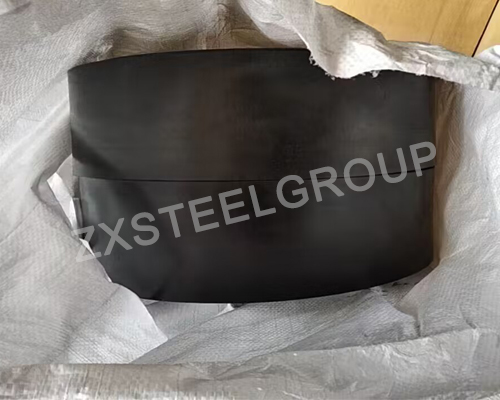

Rubber pads play a crucial role in the railway industry, particularly in the context of steel rail tracks. These pads, often made from elastomeric materials, serve multiple purposes, ranging from mitigating noise and vibration to enhancing the longevity of the rail infrastructure. In this discussion, we'll delve into the significance of rubber pads in steel rail applications, exploring their functions, types, materials, and benefits.
Functions of Rubber Pads in Steel Rail Applications:
Noise Reduction: One of the primary functions of rubber pads is to dampen the noise generated by the passage of trains over the tracks. The elasticity of the rubber absorbs a significant portion of the vibrations, reducing the impact noise experienced by nearby residents and passengers.
Vibration Isolation: Rubber pads act as isolators, preventing the transfer of vibrations from the steel rails to adjacent structures or the ground. This is crucial for maintaining the structural integrity of nearby buildings, bridges, and other infrastructure, as excessive vibrations can cause damage over time.
Shock Absorption: In addition to reducing noise and vibration, rubber pads provide shock absorption properties, cushioning the impact of moving trains on the rail tracks. This helps to minimize wear and tear on the rails, sleepers, and other components of the track system, ultimately extending their lifespan.
Electrical Insulation: Rubber pads also serve as electrical insulators, preventing the flow of electrical currents between the rails and the ground. This is essential for ensuring safety, particularly in electrified rail systems, where stray currents could pose a risk of electric shock or corrosion.
Thermal Insulation: Rubber has inherent thermal insulating properties, which help to minimize the effects of temperature fluctuations on the rail tracks. This is important for preventing issues such as rail buckling in hot weather or track shifting in cold weather, which can compromise safety and operational efficiency.
Types of Rubber Pads:
Rubber pads used in steel rail applications come in various types, each designed to meet specific requirements based on factors such as rail type, track configuration, and environmental conditions. Some common types include:
Continuous Rubber Pads: These pads run continuously along the length of the rail track, providing consistent support and cushioning.
Segmented Rubber Pads: Segmental pads consist of discrete sections that are installed at regular intervals along the rail track. This design allows for easier replacement of individual segments and can accommodate variations in track geometry.
Under Sleeper Pads (USPs): USPs are specially designed rubber pads that are placed beneath the sleepers (ties) to provide additional cushioning and support. They help distribute the load more evenly and reduce the transmission of vibrations to the ballast and subgrade.
Baseplate Pads: Baseplate pads are installed between the rail baseplate and the sleeper to reduce noise and vibration at this interface. They come in various shapes and sizes to fit different rail fastening systems.
Materials Used:
Rubber pads for steel rail applications are typically made from synthetic elastomers such as natural rubber, neoprene, EPDM (ethylene propylene diene monomer), or silicone. These materials offer a combination of resilience, durability, and weather resistance, making them well-suited for outdoor rail environments subjected to heavy loads and harsh weather conditions.
Benefits of Rubber Pads:
Noise Reduction: Rubber pads significantly reduce the noise generated by train operations, improving the quality of life for nearby residents and mitigating noise pollution.
Vibration Mitigation: By isolating vibrations, rubber pads minimize the risk of structural damage to adjacent buildings and infrastructure, enhancing safety and comfort.
Longevity: The use of rubber pads helps to extend the lifespan of rail tracks and related components by reducing wear and fatigue caused by repetitive loading and environmental factors.
Maintenance Cost Reduction: By reducing wear and tear on the rail infrastructure, rubber pads can lower maintenance requirements and associated costs over the lifetime of the tracks.
In conclusion, rubber pads play a vital role in steel rail applications, offering numerous benefits including noise reduction, vibration isolation, and enhanced longevity of the rail infrastructure. With their ability to dampen noise, absorb shocks, and provide electrical and thermal insulation, rubber pads contribute to safer, more efficient, and environmentally friendly rail transportation systems.
Address:Zhengshang International Plaza A, Hanghai East Road,
Guancheng District, Zhengzhou City, Henan Province, China.
Copyright All Rights Reserved Solb26 © 2020.